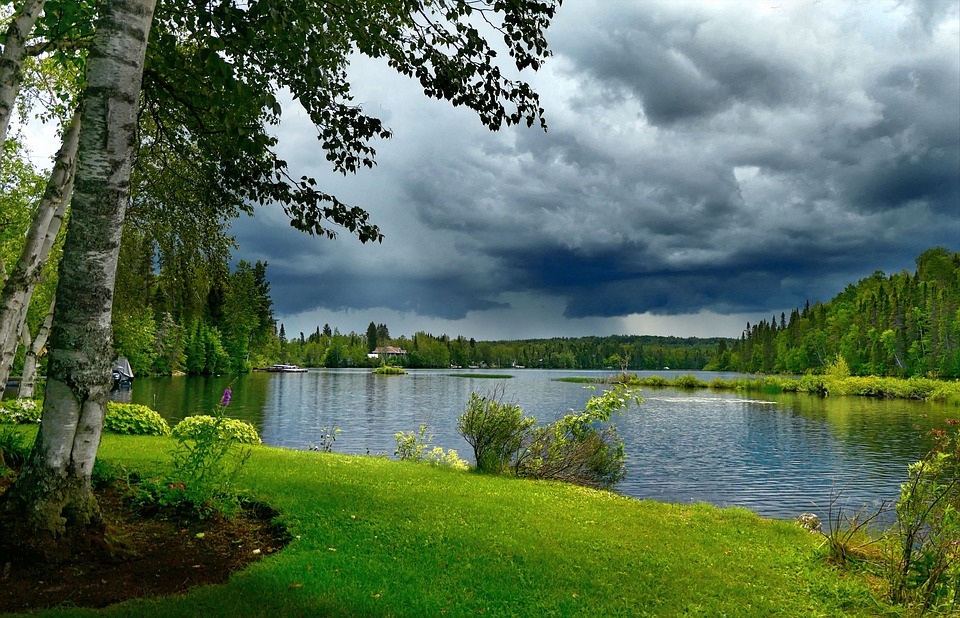How Climate Change Is Affecting Monarch Butterflies
Monarch butterflies (Danaus plexippus) are renowned for their remarkable migration patterns and ecological significance as pollinators. However, climate change poses severe threats to their survival, impacting their migration, habitat, feeding patterns, and overall population dynamics.
Monarch Butterfly Migration
Monarchs undertake an extraordinary migration journey each year, traveling thousands of miles from their breeding grounds in North America to overwintering sites in Mexico. This migration is crucial for their lifecycle, allowing them to escape harsh winter conditions and find suitable environments for reproduction in the spring.
Impact of Climate Change on Migration Patterns
Climate change has significantly altered the environmental cues that monarchs rely on for migration:
– Temperature Changes: Warmer-than-normal temperatures have delayed the southward migration of monarchs by as much as six weeks. This delay can lead to increased mortality rates as butterflies may encounter freezing temperatures before reaching their wintering habitats[1][2].
– Altered Habitats: Changes in weather patterns have fragmented habitats along migration routes, making it harder for monarchs to find suitable stopover sites for feeding and resting[1][2].
– Case Studies: Extreme weather events, such as the severe storm in 2002 that decimated nearly 80% of the overwintering population in Mexico, highlight the vulnerability of monarchs to climate-related disruptions[2][3].
Habitat Loss Due to Climate Change
Monarch butterflies depend on specific habitats that are increasingly threatened by climate change:
– Milkweed Availability: Milkweed is essential for monarch caterpillars, but climate change has led to declines in milkweed populations due to rising temperatures and drought conditions. This reduction compromises breeding success and overall population health[1][2][3].
– Extreme Weather Events: Increased frequency of severe weather events can destroy critical habitats. For example, prolonged droughts reduce water availability and threaten the health of overwintering groves essential for monarch survival[5][8].
Changing Feeding Patterns
The availability of nectar sources is critical for adult monarchs:
– Nectar Availability: Climate change affects the timing and abundance of flowering plants. As temperatures rise, nectar plants may bloom earlier or become less abundant, leading to food shortages for migrating monarchs[5][8].
– Consequences for Populations: Insufficient nectar resources can impact reproductive success and overall health, leading to declines in monarch populations[2][4].
Altered Breeding Seasons
Breeding cycles are closely tied to environmental conditions:
– Temperature Fluctuations: Changes in temperature can disrupt the timing of breeding. For instance, warmer winters may lead to earlier breeding seasons, which can misalign with the availability of milkweed for laying eggs[3][4].
– Offspring Survival: Disruption in breeding cycles can affect offspring survival rates and alter population dynamics over time[1][3].
Predation and Competition
Climate change also influences predator dynamics and resource competition:
– Predator Populations: Shifts in climate can lead to changes in predator populations that may increase predation pressure on vulnerable monarch life stages[2][4].
– Resource Competition: As habitats change, competition for limited resources like food and nesting sites intensifies among species that rely on similar habitats[5][8].
Conservation Efforts and Strategies
To mitigate the impacts of climate change on monarch butterflies, various conservation initiatives are underway:
– Habitat Restoration: Efforts focus on restoring milkweed and nectar plant habitats across North America. Community involvement is crucial in these initiatives, including planting native species in gardens and public spaces[6][7][11].
– Education and Awareness: Programs aimed at educating the public about the importance of monarch conservation help foster community support for habitat restoration efforts. Initiatives like the Mayors’ Monarch Pledge encourage local governments to commit to creating butterfly-friendly environments[7][10].
FAQs
How does climate change affect monarch butterfly migration?
Climate change alters temperature cues that trigger migration, leading to delays and increased mortality during travel.
What is threatening milkweed populations?
Rising temperatures, droughts, and herbicide use have significantly reduced milkweed availability essential for monarch caterpillars.
How can individuals help conserve monarch butterflies?
Planting native milkweed and nectar plants in gardens and participating in local conservation programs can support monarch populations.
Conclusion
Climate change poses a multifaceted threat to monarch butterflies, impacting their migration patterns, habitat availability, feeding behaviors, and overall survival. It is imperative that concerted conservation efforts are made to protect this iconic species from further decline.
Call to Action
Engage in local conservation activities by planting native plants that support monarchs. Share your experiences with these remarkable butterflies and advocate for policies that protect their habitats. Together, we can contribute to the survival of this vital species.

Kyle Whyte is a notable scholar and professor at the University of Michigan, holding positions such as the George Willis Pack Professor in the School for Environment and Sustainability and Professor of Philosophy. Specializing in environmental justice, his work critically examines climate policy and Indigenous peoples’ ethics, emphasizing the nexus between cooperative scientific endeavors and Indigenous justice. As an enrolled Citizen Potawatomi Nation member, he brings a vital perspective to his roles as a U.S. Science Envoy and member of the White House Environmental Justice Advisory Council. His influential research is supported by various prestigious organizations including the National Science Foundation, and disseminated through publications in high-impact journals. Kyle actively contributes to global Indigenous research methodologies and education, with affiliations to numerous institutes and societies dedicated to traditional knowledge and sustainability. Recognized for his academic and community engagement, Kyle has earned multiple awards and served in various visiting professorships. His efforts extend to leadership positions on boards and committees focused on environmental justice nationwide.
